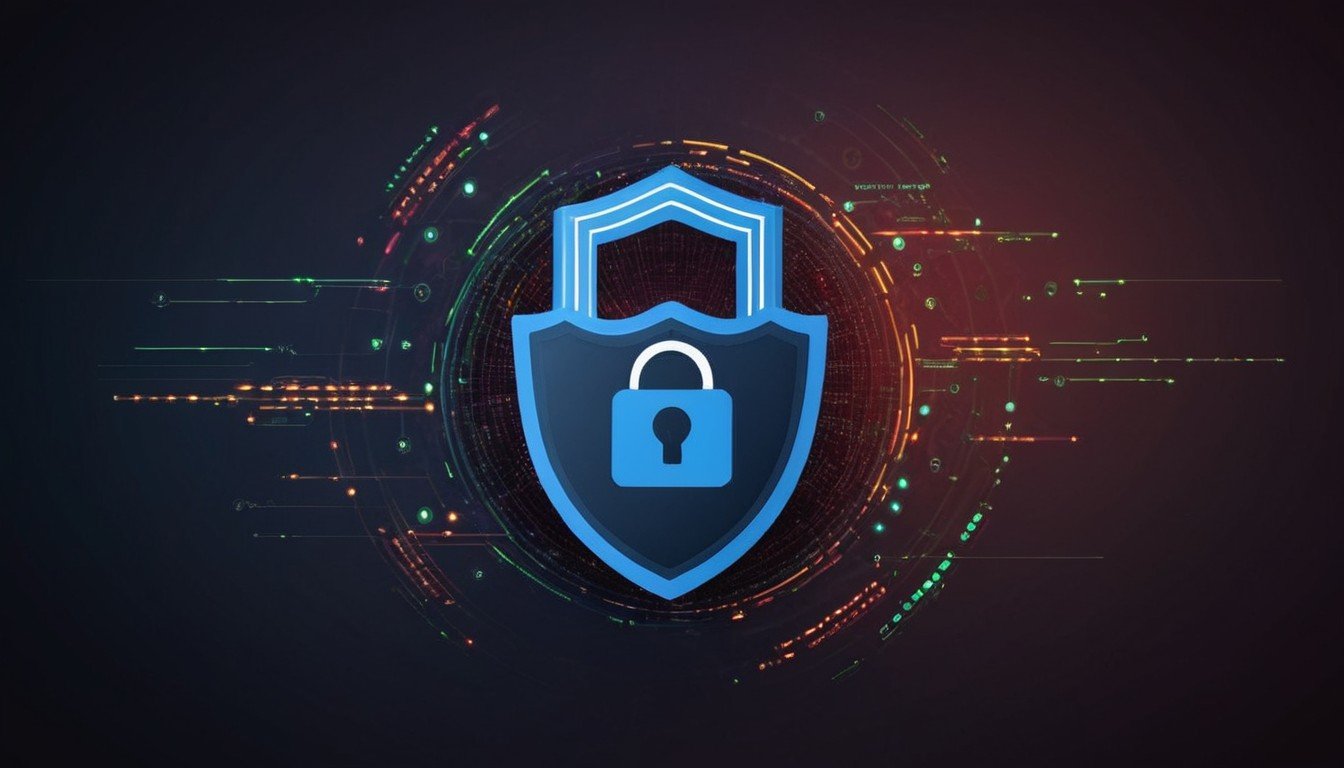As cyber threats continue to evolve, organizations must embrace proactive measures to safeguard their digital assets. At SafeNet, we understand the dynamic nature of cybersecurity, and in this blog post, we’ll explore essential IT security best practices that, when coupled with the expertise of SafeNet, form an impenetrable defence against digital adversaries.
1. Strong Access Controls:
Implementing strong access controls is foundational to IT security. SafeNet recommends employing a principle of least privilege, ensuring that users only have access to the resources necessary for their roles. Multi-factor authentication (MFA) adds an extra layer of protection, requiring users to provide multiple forms of identification before accessing sensitive information.
2. Regular Software Updates and Patch Management:
Keeping software and systems up-to-date is crucial for closing vulnerabilities that could be exploited by cybercriminals. SafeNet emphasizes the importance of a proactive patch management strategy, ensuring that security patches are promptly applied to mitigate potential risks.
3. Robust Data Encryption:
Data is a valuable asset, and its protection is paramount. SafeNet encourages organizations to implement robust data encryption measures, both in transit and at rest. This ensures that even if unauthorized access occurs, the data remains unintelligible to malicious actors.
4. Employee Training and Awareness:
Human error is a common factor in cybersecurity incidents. SafeNet advocates for comprehensive employee training programs to raise awareness about potential threats, phishing attacks, and the importance of following security best practices. Informed employees become a crucial line of defense against cyber threats.
5. Regular Security Audits and Assessments:
Periodic security audits and assessments are essential for identifying vulnerabilities and weaknesses in your IT infrastructure. SafeNet employs advanced tools and methodologies to conduct comprehensive security audits, providing organizations with insights into potential risks and areas for improvement.
6. Secure Configuration Management:
SafeNet recommends implementing secure configuration management practices for all systems and devices. This involves configuring systems with security in mind, minimizing unnecessary services, and ensuring that default settings are altered to enhance security.
7. Incident Response Planning:
No organization is immune to security incidents. SafeNet encourages organizations to develop and regularly update incident response plans. This ensures a swift and effective response to security incidents, minimizing the impact and downtime.
8. Continuous Monitoring:
Cyber threats are dynamic and constantly evolving. SafeNet stresses the importance of continuous monitoring to detect and respond to emerging threats in real-time. Proactive monitoring enables organizations to stay one step ahead of potential security risks.
IT security best practices form the foundation of a resilient cybersecurity strategy. With SafeNet as your partner, you gain access to a wealth of expertise and advanced solutions that complement these best practices, ensuring that your organization remains protected in the ever-changing digital landscape.
Choose SafeNet – Your Trusted Partner in IT Security Excellence.





